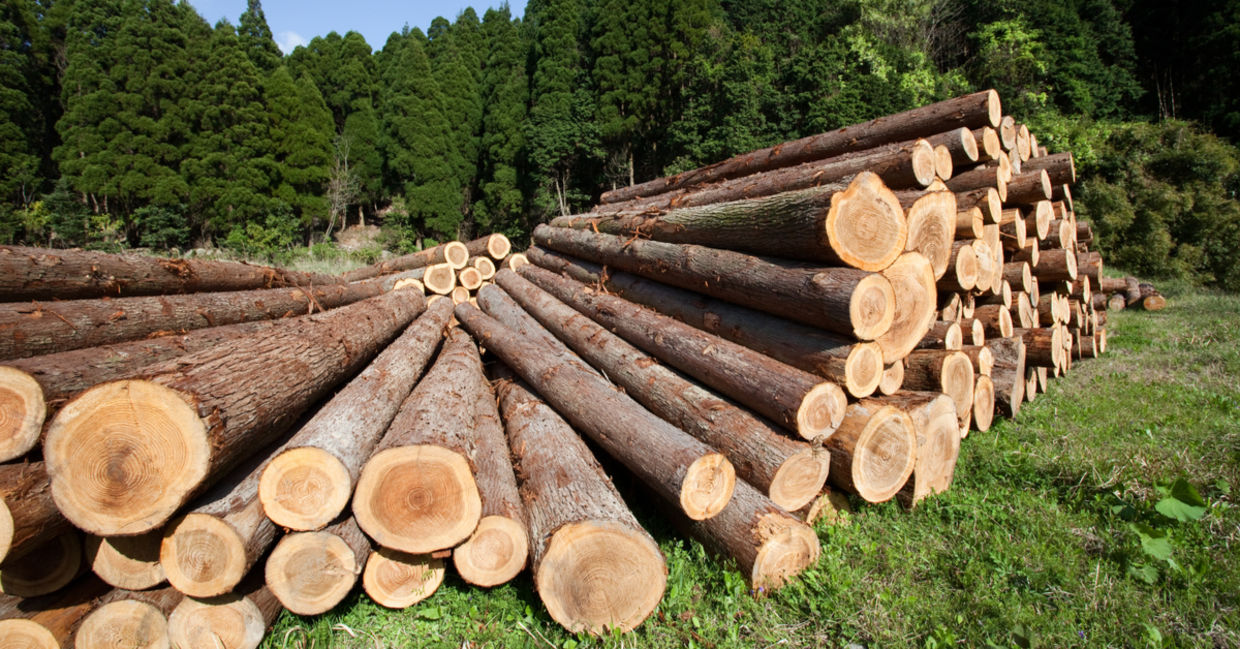
(wdeon / Shutterstock.com)
Buying furniture is easier than ever. You can even order a new table and chairs online without ever leaving home. But did you ever think about how furniture is made? The process begins with trees but now researchers from the Massachusetts Institute of Technology (MIT) have found a better way; growing it in a lab instead of a forest.
Instead of cutting down trees and adding to deforestation, Luis Fernando Velásquez-García, principal scientist in MIT’s Microsystems Technology Laboratories and the study’s co-author told MIT News. “If you want a table, then you should just grow a table.”
The research group found a way to actually grow plant tissue – wood and fiber – in a lab that is similar to the way cultured meat is grown. While there is still a long way to go to actually grow a table, the team was able to grow structures from cells extracted from zinnia leaves. The study was recently published in the Journal of Cleaner Production.
Making furniture and other items from biomaterials could eliminate logging trees in forests. “The way we get these materials hasn’t changed in centuries and is very inefficient,” said Velásquez-García. “This is a real chance to bypass all that inefficiency.”
There are other benefits to using lab wood too. Lab grown wood can be manipulated to take on any shape – like 3D printing – so it may be possible to build a table without glue or screwing parts together.
This ability to tune the plant cells into whatever shape they want, Ashley Beckwith, mechanical engineering PhD student and the paper’s lead author told Fast Company, means that more efficient materials could be made instead of using trees.
“Trees grow in tall cylindrical poles, and we rarely use tall cylindrical poles in industrial applications,” she said. “So you end up shaving off a bunch of material that you spent 20 years growing and that ends up being a waste product.”
Beckwith was inspired by a visit to a farm to try to make land-use more efficient and environmentally sound. “That got me thinking: Can we be more strategic about what we’re getting out of our process? Can we get more yield for our inputs?” she told MIT News.
“I wanted to find a more efficient way to use land and resources so that we could let more arable areas remain wild, or to remain lower production but allow for greater biodiversity.”
Today, the two largest uses of trees are to manufacture wood products and paper. When new biomaterials become readily available, forests will lose their economic value and will be preserved for their environmental, health, and recreational value. These researchers, like the Lorax, are speaking for the trees.
YOU MIGHT ALSO LIKE:
This Indian Village Plants 111 Trees Every Time a Girl is Born
World’s First Lab-Grown Meat Restaurant Opens
Wales is Building the Largest Ever National Forest







